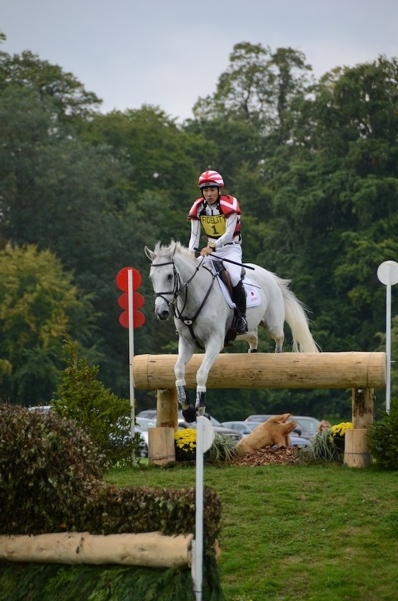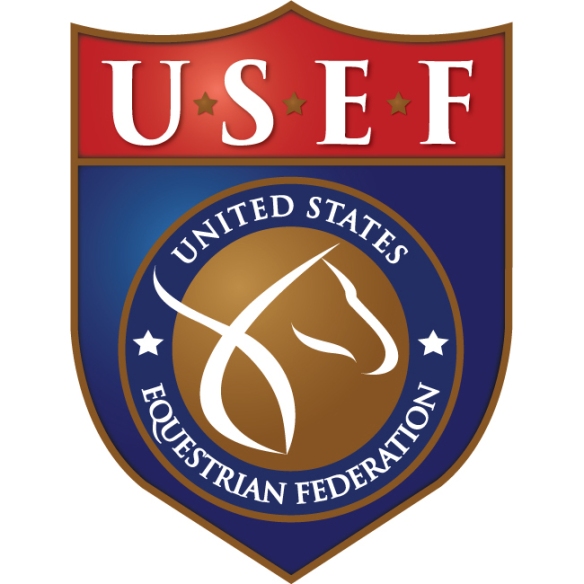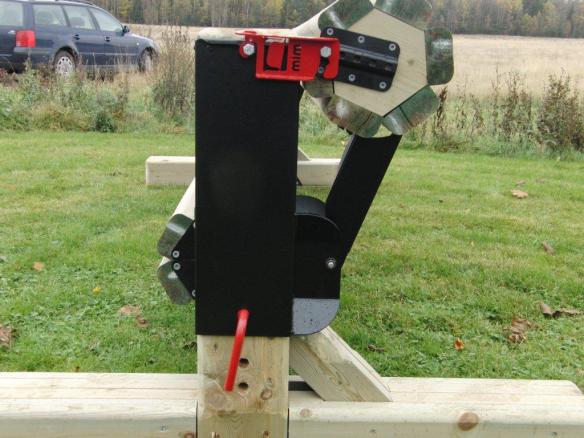I know it has been a long time since I have posted, my overall impression is that little has happened recently in the way of fence safety or changes. I know this may not be the case as the FEI tends to work on things with limited consultation or discussion in the wider eventing community.
I was recently in the UK for Burghley and Blenheim. This was a great experience and I believe gave me a great snapshot of top level eventing in the worlds most prolific eventing nation. What I did observe surprised me.
First up, there are only frangible pins used in the UK, both traditional and reverse. In addition as observed by none other than Lucinda Green lots of brush fences. I will come back to that in a moment.
So I was in the UK, I really wasn’t expecting anything other than the frangible pins given that British Eventing had invested so heavily in their development. That said I observed something I really hadn’t expected. Every time a pin (mostly reverse) was damaged there was a hold on course of 10 to 20 mins. Let me be clear these holds were not related to injured horses or riders although in a couple of incidences this occurred.
These holds and delays of up to 20 mins were purely for the rebuilding of the reverse pinned fences by the course building specialists. Reverse pinning is complicated, needs specialist tools and takes time to reset. At Blenheim there was about 5-10 of these holds on XC on two days of XC. The field at Blenheim was relatively small for a British event even though the individual class sizes were big there was only three classes.
On a big day in the UK there can be hundreds on XC. These delays must be excruciating with large numbers, every delay holds up competitors, officials and volunteers making a long day even longer.
Every single pinned fence I saw could have been built using the Mim NewEra clip, there is still a lack of understanding in this device in Europe, not just the UK. Importantly the Mim can be replaced and reset in seconds, not by a specialist course builder but by a volunteer fence judge. If you can lift the rail back into place you can restore the fence.
With the 3-4 minute XC intervals I observed in the UK, there would be no holds on course to rebuild any of these fences.
I also caught up with Lucinda Green and she talked about how the use too much brush was also having and unintended consequence. I won’t do any analysis on that but leave it to Lucinda to explain in the video.
Thanks
John










